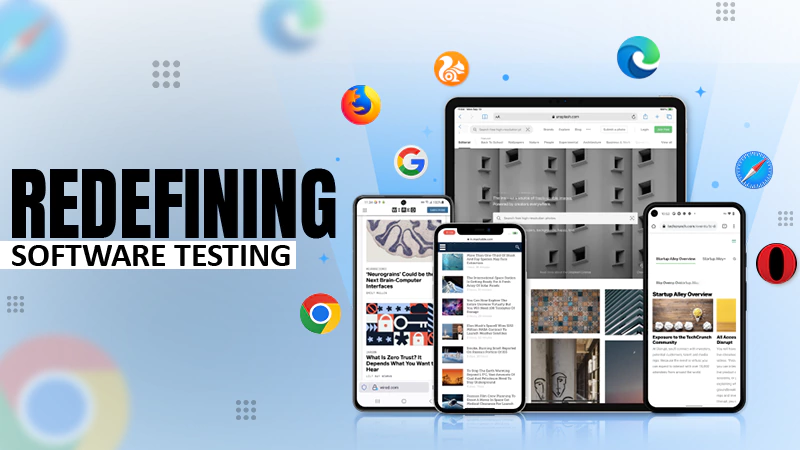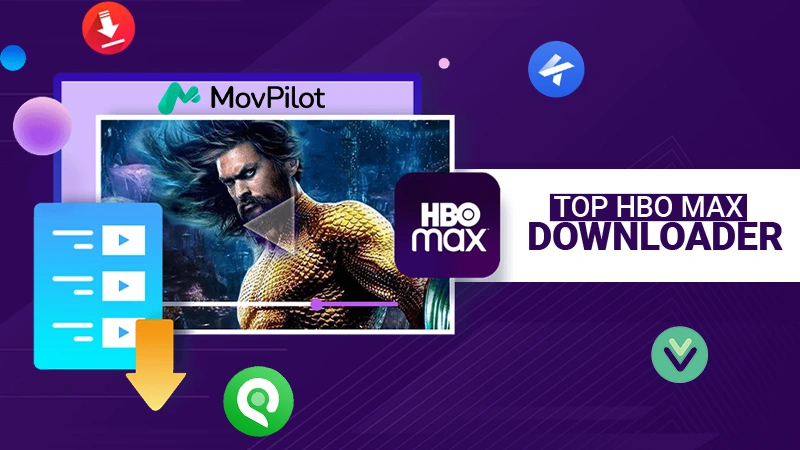It’s awesome to see the awesome apps on Google Play and iTunes store, isn’t it? Did you ever wonder what kind of developer can build such awesome apps? You’ll be surprised to know that many successful app developers used to work in other fields. Some engineers and even students studying unrelated subjects like humanities and arts become skilled enough to build their apps.
All you need is a computer with an internet connection and some free software. If you know how to search for information online, you can learn everything necessary about mobile app development using open-source resources.
Mobile app development is not limited only to two major platforms: Android and iOS (iPhone). The concepts related to both platforms are the same (like Java/.NET framework for Android/iOS, XCode or Eclipse IDE, Android SDK and Eclipse Plugins, etc.), and you only need to learn the specifics of either platform. For this reason, we’ll use Android as an example in our tutorial about how to become a mobile app developer. You can refer to remoteDBA.com for help.
But before that, let’s see what is required to begin with:
Step 1: Get a Computer
Your operating system doesn’t matter as long as it supports Java (all modern OS do) (with Windows/OS X/LinuInternet connection – if your network speed isn’t good enough, then developing apps will be pretty frustrating. x). The faster your CPU is, the more applications you can handle simultaneously. RAM is not so important because most apps don’t require a high amount of it, but make sure that at least 2GB exists
Step 2: Get Android Studio (IDE/software)
Android IDE is an alternative to Eclipse, enabling you to develop all kinds of Android applications using Java. It’s called Android Studio. Google made it available for free under Apache License on their official website. You can download the apk installation file directly from there or use it online.
Next, you need to install the Android SDK. Download it from the official website and run the installer with default settings. After installing everything is ready to begin creating your first app!
If something goes wrong during installation, see this guide by Google about how to install required software components on Windows or Mac OSX.
Step 3: Connect Your Android device (Testing App on Hardware)
Plug in your phone/tablet via USB and enable debugging mode. If you’re using Android 4.4 KitKat or newer, you’ll need to grant permission to allow USB debugging first by going to Settings → About phone and tap the Build number 7 times. Go back and open Developer options, then enable USB debugging.
If you don’t want to use SDK tools (like DDMS for example), it’s possible to install third-party applications like these:
Also, update your device drivers if necessary because Windows may not recognize them automatically after connecting your Android device. You can also try uninstalling all Android-related software from Control Panel before installing the new drivers.
Step 4: Create Your First App (Start Programming)
Start Android Studio, open an existing project, or create a new one by clicking the “Start a new Android Studio project” button and filling out the form. You will need to provide Company Domain, Application Name, and Package Name, so remember them later. Don’t forget to select the minimum API Level required by your application because newer versions are used only when running apps on newer devices.
After that, you can proceed with editing *.Java files but don’t touch build.gradle file in the project root directory! If you’re using em, this file defines their settings like screen resolution, memory size, etc. Leave it all default for now – we’ll explain how to tune up emulator performance later in this guide.
Step 5: Make Some Changes to Your App (Use Already Acquired Knowledge)
Let’s try creating a simple hello world app by editing the Activity file inside the src/ directory, for example. For starters, remove everything after the public class HelloWorldActivity extends the Activity line. You can leave all lines above it; Android Studio will generate default code in there when you’re done with editing an existing one.
Another example would be to create a new Activity by clicking on File → New → Activity → BlankActivity. Now you need to change the layout of this screen, so click on the res/layout/activity_main.xml file and write down your view’s design inside it (don’t forget that all elements must be placed between the <RelativeLayout> </RelativeLayout> tags).
After doing some changes, compile your app by clicking the Build button at the top menu bar or press Ctrl+F9 (Cmd+F9 for Mac OS users). If everything is fine, Android Studio will change its status to “Build succeeded” with a green message in the logcat window. This window appears when you make any changes either in code or in layout.
Check If Everything Is Working Smoothly
Green checkmark means that everything went okay, so your app can be installed on a connected device by clicking Run → Run ‘app’ or simply pressing Shift+F10 (Ctrl+R for Mac OS). The first time you run it, Android Studio will ask you to select a device, so choose the one you plugged in earlier and click OK. Now, wait until your application starts and changes its status from “Waiting” to “Running.” Congratulations! You just created an app that is already available from the Google Play market! To do this, prepare a developer account here, get a key for signing APKs, then activate it inside individual product settings.
When your app successfully runs, open it from the Android launcher and make sure it works correctly. If something goes wrong, then Android Studio will show you the error messages inside the Build Tool window at the bottom of its main screen.
To correct your code, simply double-click any error message in Android Studio’s logcat window and change that part of a file causing a problem. For example, it can be a Java or XML file, so just click on its name below an error message to open it manually for editing purposes.







